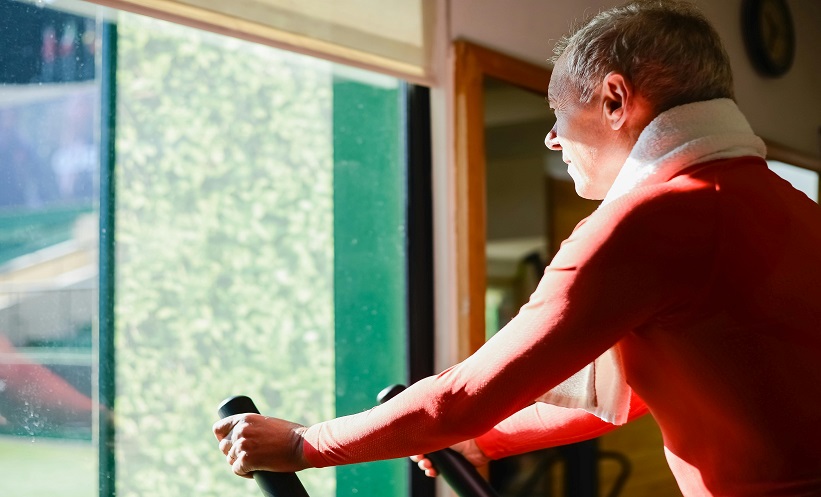Abstract
The most effective local treatment of muscle invasive bladder cancer and non-invasive, high-grade bladder tumours that recur or progress despite intravesical therapies, is open radical cystectomy (RC), extended pelvic lymph node (LN) dissection with urinary diversion. Performing these complex procedures using pure laparoscopy is extremely difficult. On the other hand, the surgical robot has the advantage of enabling the console surgeon to perform complex procedures more easily, providing three-dimensional (3D) and magnified views, higher grades of wristed hand movements, and decreased hand tremor, while the fourth robotic arm offers additional assistance and tissue retraction which facilitates the learning curve. The number of centres performing robot-assisted radical cystectomy (RARC) is increasing. Although most of the centres perform extracorporeal urinary diversion following RARC, very few centres – including ours – have reported their outcomes on RARC with total intracorporeal urinary diversion. Some of the articles, comparing open RC versus RARC, have suggested similar outcomes in terms of operative time, mean LN yield, positive surgical margin (PSM) rates, and complication rates, whereas others have suggested decreased estimated blood loss, transfusion rate, complications, length of hospital stay, wound problems, time to flatus, and time to regular diet in the postoperative period in RARC patients. The surgical technique of total intracorporeal RARC with urinary diversions is still evolving, and these complex robotic procedures seem to be technically feasible with good intermediate-term oncologic results, acceptable morbidities, excellent short-term surgical and pathological outcomes, and satisfactory functional results.
Please view the full content in the pdf above.







